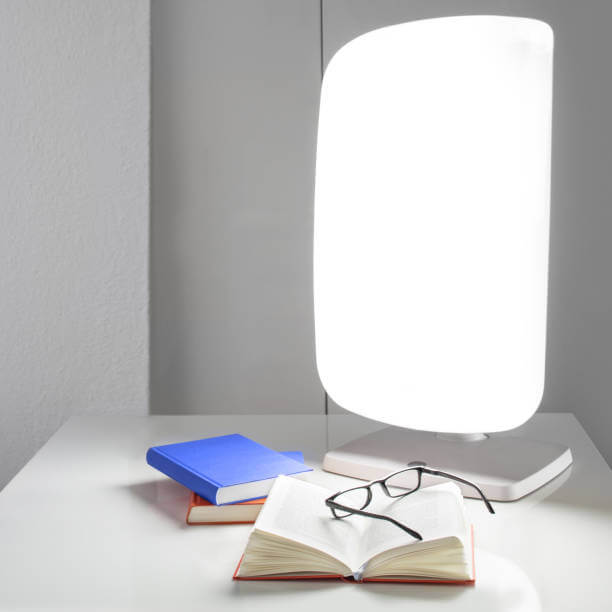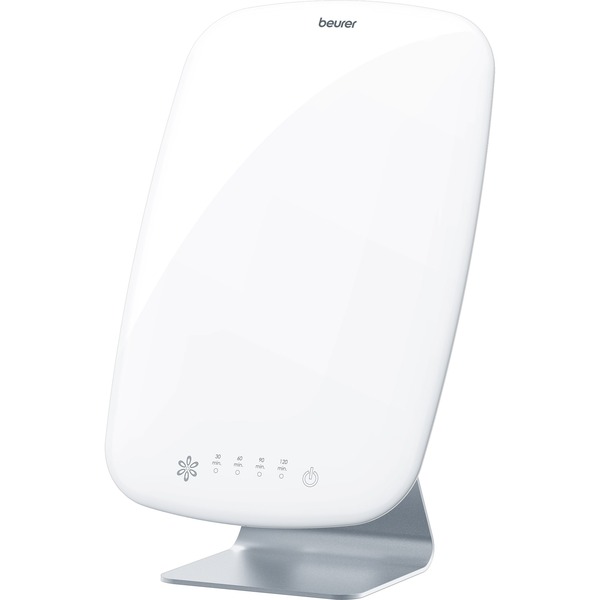Daylight lamps are lamps specifically designed to deliver bright light when no natural bright light is available. As they are a first-line treatment for winter depression (seasonal affective disorder, SAD), they are also called light therapy lamps. The only difference is that products marketed as the latter must be certified as medical products.

Daylight lamps are typically marketed as 10,000 lux. While this is indeed the gold standard for bright light therapy, it’s a misleading feature to base your purchase on. After reading this section, you will understand why that is and what to look for instead. The following factors are a personal selection, derived from my own experience as well as talks with researchers and clinicians.
Why is the term “10,000 lux” a misleading feature to look for in a daylight lamp? It is because the lux level (illuminance) is not a measure of how bright the lamp is (luminance). Lux levels quantify how much light your eyes get from a certain distance to the lamp (calculated as lumens/m²). This quantity drops strongly with the distance from the lamp. Real-life example:
Beurer TL30:
Advertised as 10,000 lux – but at what distance? Let’s look closer at the specs:
Most of the products say “full-spectrum daylight” in their description. This does not necessarily mean anything. There are wavelengths of light that affect your circadian system more than others, but typical LEDs deliver much of these wavelengths and, therefore, are fine!
Make sure you choose a lamp you are willing to use every day and place it somewhere which encourages you to do so.

For people in Europe

For people in the United States - not available in Europe.
We bring you in-depth reviews of the best products to help you create a circadian-health-friendly environment.
Discover our top picks for better sleep, more energy, and a balanced lifestyle!
